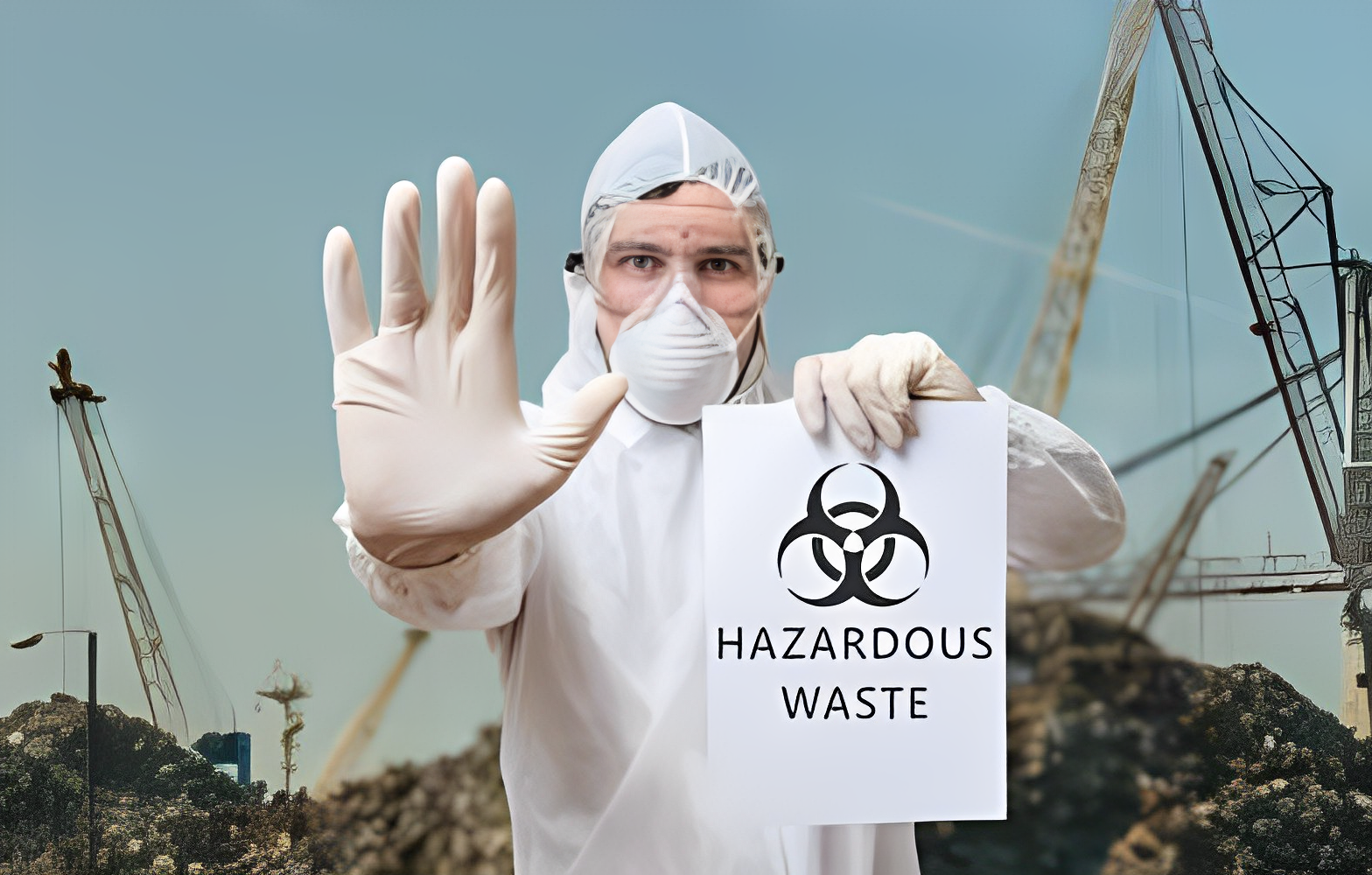
Common Types of Hazardous Waste and How Dumpsters Can Help
September 12, 2023
Hazardous waste refers to substances or materials dangerous to human health or the environment, usually generated by industrial, commercial, or institutional activities. These wastes are dangerous because of their flammability, corrosiveness, reactivity, or toxicity. It's essential to handle and dispose of them properly, for instance, by using a hazardous waste dumpster, to ensure the safety of the environment and public health. The Environmental Protection Agency (EPA) emphasizes the need for meticulous management of hazardous waste to prevent potential harm.
Types of Hazardous Waste
There are several categories of hazardous wastes, each with specific characteristics and disposal requirements:
- Listed Wastes: These wastes appear on one of four lists (F-list, K-list, P-list, U-list) due to their specific sources or composition. This category includes wastes from manufacturing processes and certain commercial chemical products.
- Characteristic Wastes: Classified based on properties like ignitability, corrosivity, reactivity, and toxicity. Examples include flammable liquids, corrosive acids and bases, explosive materials, and toxic substances.
- Universal Wastes: Commonly generated wastes such as batteries, mercury-containing equipment, pesticides, and bulbs, regulated under streamlined rules.
- Mixed Wastes: These wastes include hazardous and radioactive elements, necessitating specialized handling and disposal techniques.
Recognizing the different kinds of hazardous waste is crucial for their appropriate management and disposal. Utilizing a dangerous waste dumpster is vital for safe handling and adhering to regulatory standards. The Connecticut Department of Energy and Environmental Protection (CT DEEP) provides detailed classifications for these waste types.
Why Hazardous Waste Can't Go Anywhere
Proper disposal of hazardous wastes is essential due to significant environmental and safety concerns.
Safety Risks
Hazardous waste, including flammable or ignitable materials, presents considerable safety hazards. These substances, such as kerosene, diesel fuel, and specific cleaning solvents, can ignite or exacerbate fires. This not only endangers waste management facilities but also threatens the environment.
Environmental Impact
The environmental implications of hazardous waste are another primary concern. Corrosive substances, for example, can damage human skin and corrode containers like dumpsters. This poses risks to waste workers and the environment, potentially leading to groundwater contamination and harm to marine life.
Compliance with Legal and Regulatory Standards
Disposing of hazardous waste just anywhere is typically prohibited by law due to stringent environmental regulations. These rules ensure that dangerous materials are managed and disposed of to reduce their ecological and public health impacts.
How to Dispose of Hazardous Waste
Proper disposal of hazardous waste is crucial for environmental safety and legal compliance. Here are some guidelines and methods for disposing of dangerous waste, drawing insights from various sources, including the University of Chicago.
Identifying Hazardous Waste
First, it's essential to identify what constitutes hazardous waste correctly. This includes materials that are flammable, corrosive, reactive, or toxic. Proper identification ensures that hazardous waste is handled and disposed of correctly.
Segregation and Labeling
Once you identify hazardous waste, segregate it from non-hazardous waste, and clearly label hazardous waste containers, indicating the type of waste and any associated risks.
Using Appropriate Containers
Store hazardous waste in containers that are compatible with the waste material, ensuring they are tightly sealed and leak-proof to prevent spillage or contamination.

Disposal at Licensed Facilities
Dispose of hazardous waste at facilities licensed for dangerous waste treatment, storage, and disposal, as these facilities have the necessary equipment and expertise to handle hazardous waste safely.
Recycling and Recovery
Recycling or recovering materials from hazardous waste can be an effective disposal method. This reduces the amount of waste that must be treated and disposed of.
Consulting with Experts
It's advisable to consult with environmental health and safety experts or local authorities to understand the specific requirements and best practices for hazardous waste disposal in your area.
Utilizing Dumpster Rental Services
Dumpster rental services can be an option for larger quantities of hazardous waste. While most offer rental for nearly anything, confirming their suitability and capabilities is advisable before proceeding.
Ensuring the correct disposal of hazardous waste is paramount, not only for regulatory compliance but also to protect our environment and well-being. Correctly identifying, segregating, labeling, and disposing of dangerous materials at certified facilities are crucial to effectively managing these potential risks.
In cases where you may require assistance or have uncertainties, don't hesitate to reach out to us for a consultation. We are here to provide guidance and help you navigate the intricacies of hazardous waste disposal. By taking this proactive step, you ensure adherence to legal standards and play a pivotal role in promoting a cleaner and safer environment.
Remember that the responsibility for properly disposing of hazardous waste lies with each of us, whether as individuals, businesses, or contractors. By adhering to these recommended practices and seeking our advice when needed, we actively contribute to the preservation of our planet for the benefit of future generations. If you have any questions or are considering dumpsters for rent, call us, and we can provide assistance and advice.